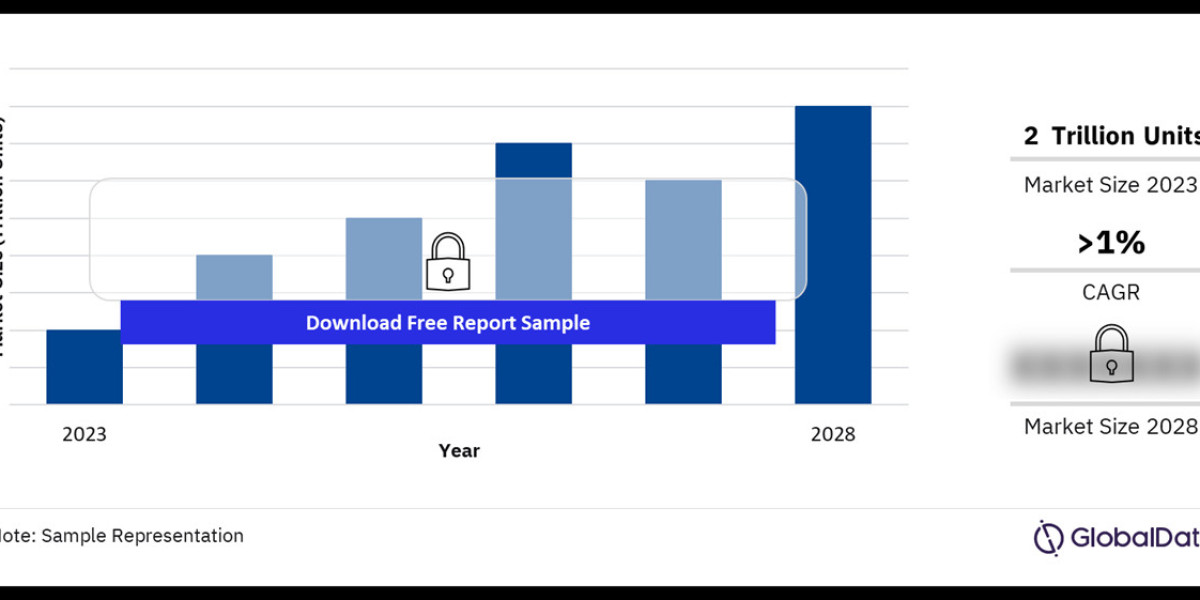The food packaging industry plays a crucial role in the global food supply chain. It ensures the safety, quality, and integrity of food products from the production line to the consumer's table. In recent years, this industry has evolved significantly, driven by technological advancements, changing consumer preferences, and environmental concerns. This article explores the current state of the food packaging industry, its importance, the innovations shaping its future, and the challenges it faces.
1. The Importance of Food Packaging
Food packaging serves multiple essential functions that go beyond mere containment. Here are the primary reasons why food packaging is critical:
- Protection: One of the fundamental roles of food packaging is to protect food from physical damage, contamination, and spoilage. It acts as a barrier against moisture, oxygen, light, and microorganisms, which can compromise food quality and safety.
- Preservation: Packaging helps in extending the shelf life of food products. Techniques such as vacuum sealing, modified atmosphere packaging (MAP), and aseptic processing are used to prevent food spoilage and maintain freshness.
- Convenience: Modern packaging solutions cater to consumer convenience, making it easier to store, transport, and use food products. Features like resealable bags, portion-sized packaging, and microwavable containers enhance user experience.
- Communication: Packaging serves as a medium for conveying essential information to consumers, including nutritional content, ingredients, usage instructions, and expiration dates. It also acts as a marketing tool, showcasing branding and product differentiation.
- Sustainability: With growing environmental awareness, sustainable packaging has become a priority. The industry is focusing on eco-friendly materials and practices to reduce waste and minimize environmental impact.
2. Technological Innovations in Food Packaging
Technological advancements have revolutionized the food packaging industry, leading to the development of smarter and more efficient packaging solutions. Some of the notable innovations include:
- Active Packaging: This technology involves the incorporation of active agents that can interact with the food or the environment to extend shelf life. Examples include oxygen scavengers, moisture absorbers, and antimicrobial agents that help maintain food freshness.
- Intelligent Packaging: Also known as smart packaging, this involves the use of sensors, indicators, and QR codes to provide real-time information about the food's condition. For instance, temperature-sensitive labels change color to indicate if a product has been exposed to unsafe temperatures.
- Biodegradable and Edible Packaging: To address environmental concerns, the industry is increasingly adopting biodegradable materials made from plant-based sources like cornstarch, cellulose, and algae. Edible packaging, which can be consumed along with the food, is also gaining traction.
- Nanotechnology: Nanoparticles are being used to enhance the strength and barrier properties of packaging materials. They can also be used to create antimicrobial surfaces that prevent the growth of harmful bacteria on packaging.
- 3D Printing: This technology is being explored for customized and on-demand packaging solutions. 3D printing allows for intricate designs and shapes that can be tailored to specific product requirements, offering unique branding opportunities.
3. Challenges Facing the Food Packaging Industry
While the food packaging industry continues to innovate, it also faces several challenges:
- Sustainability Concerns: The environmental impact of packaging waste is a major issue. The industry is under pressure to reduce plastic use, adopt recyclable and biodegradable materials, and implement sustainable practices throughout the supply chain.
- Regulatory Compliance: Food packaging must meet strict regulatory standards to ensure safety and quality. Compliance with these regulations can be costly and time-consuming, especially for companies operating in multiple markets with different standards.
- Food Safety: Ensuring that packaging materials do not contaminate food products is a critical concern. The industry must continuously monitor and test materials to prevent chemical migration and ensure consumer safety.
- Consumer Preferences: As consumer preferences evolve, packaging designs must adapt to meet new demands. Trends such as minimalistic packaging, personalized packaging, and packaging for e-commerce require constant innovation.
- Cost Management: Balancing the cost of packaging materials with the need for innovation and sustainability is a constant challenge. Companies must find ways to optimize packaging solutions without compromising quality or increasing costs significantly.
4. Future Trends in Food Packaging
The future of the food packaging industry is likely to be shaped by several key trends:
- Increased Focus on Sustainability: The push for sustainable packaging will continue to grow, with more companies adopting circular economy principles, using recyclable materials, and exploring zero-waste packaging solutions.
- Advancements in Smart Packaging: The integration of Internet of Things (IoT) technology will enhance the capabilities of smart packaging. Consumers will have access to more detailed information about the product's journey, freshness, and safety through connected devices.
- Personalization and Customization: Advances in digital printing and 3D printing will make it easier to create customized packaging that caters to individual consumer preferences, enhancing the overall customer experience.
- Growth of E-commerce Packaging: With the rise of online food delivery services, there will be an increased demand for packaging that is designed for shipping, offers tamper-proof features, and maintains product integrity during transit.
- Health and Wellness Packaging: Packaging will increasingly cater to health-conscious consumers, with clear labeling of nutritional information, portion control features, and materials that align with wellness trends.
Buy the Full Report for More Insights into the Food Packaging Industry Forecast Download a Free Report Sample


